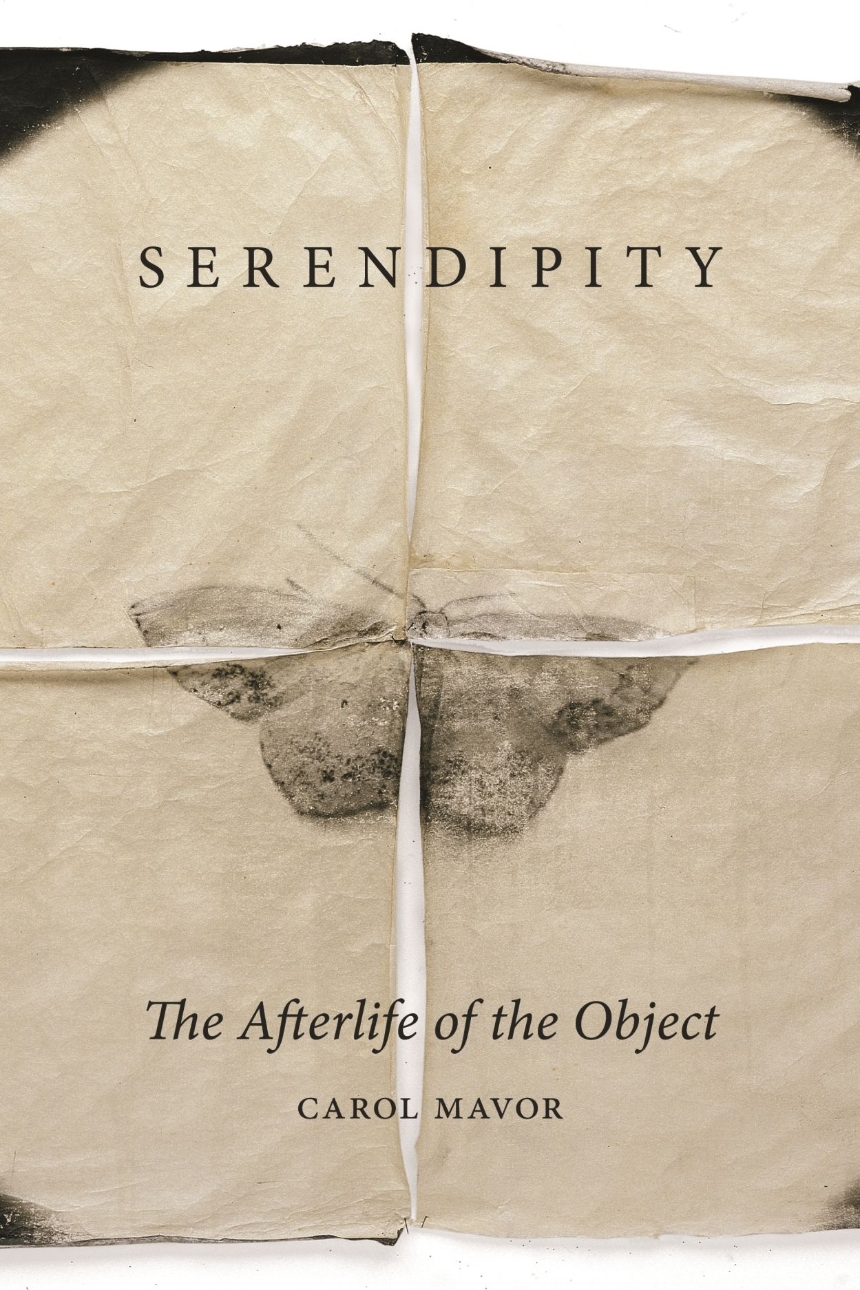An exploration of the sadness, as well as the joy, of unexpected discoveries in history and life.
Carol Mavor’s first “happy accident” occurred in 1980 when visiting New York’s Serendipity 3, a dessert café favored by Andy Warhol. Mavor’s memory of eating a frozen hot chocolate became food for thought, nurturing accidental discoveries about art and literature. This book’s happy, yet dark, accidents include Anne Frank’s journal, discovered in the Secret Annex after the Second World War; Emily Dickinson’s poems, scribbled on salvaged envelopes, hidden in a drawer; and Lolita, rescued from incineration by Nabokov’s wife Véra. Mavor’s writing is dependent on serendipity’s layers of happenstance, rousing feelings of something that she did not exactly know she was looking for until she found it. All history is about loss, and in the case of this book, much of it is tragic—but Serendipity also offers the happiness that can be found in unexpected discoveries.
Carol Mavor’s first “happy accident” occurred in 1980 when visiting New York’s Serendipity 3, a dessert café favored by Andy Warhol. Mavor’s memory of eating a frozen hot chocolate became food for thought, nurturing accidental discoveries about art and literature. This book’s happy, yet dark, accidents include Anne Frank’s journal, discovered in the Secret Annex after the Second World War; Emily Dickinson’s poems, scribbled on salvaged envelopes, hidden in a drawer; and Lolita, rescued from incineration by Nabokov’s wife Véra. Mavor’s writing is dependent on serendipity’s layers of happenstance, rousing feelings of something that she did not exactly know she was looking for until she found it. All history is about loss, and in the case of this book, much of it is tragic—but Serendipity also offers the happiness that can be found in unexpected discoveries.
224 pages | 78 color plates, 9 halftones | 6.14 x 9.21 | © 2024
Art: Art Criticism
History: History of Ideas

